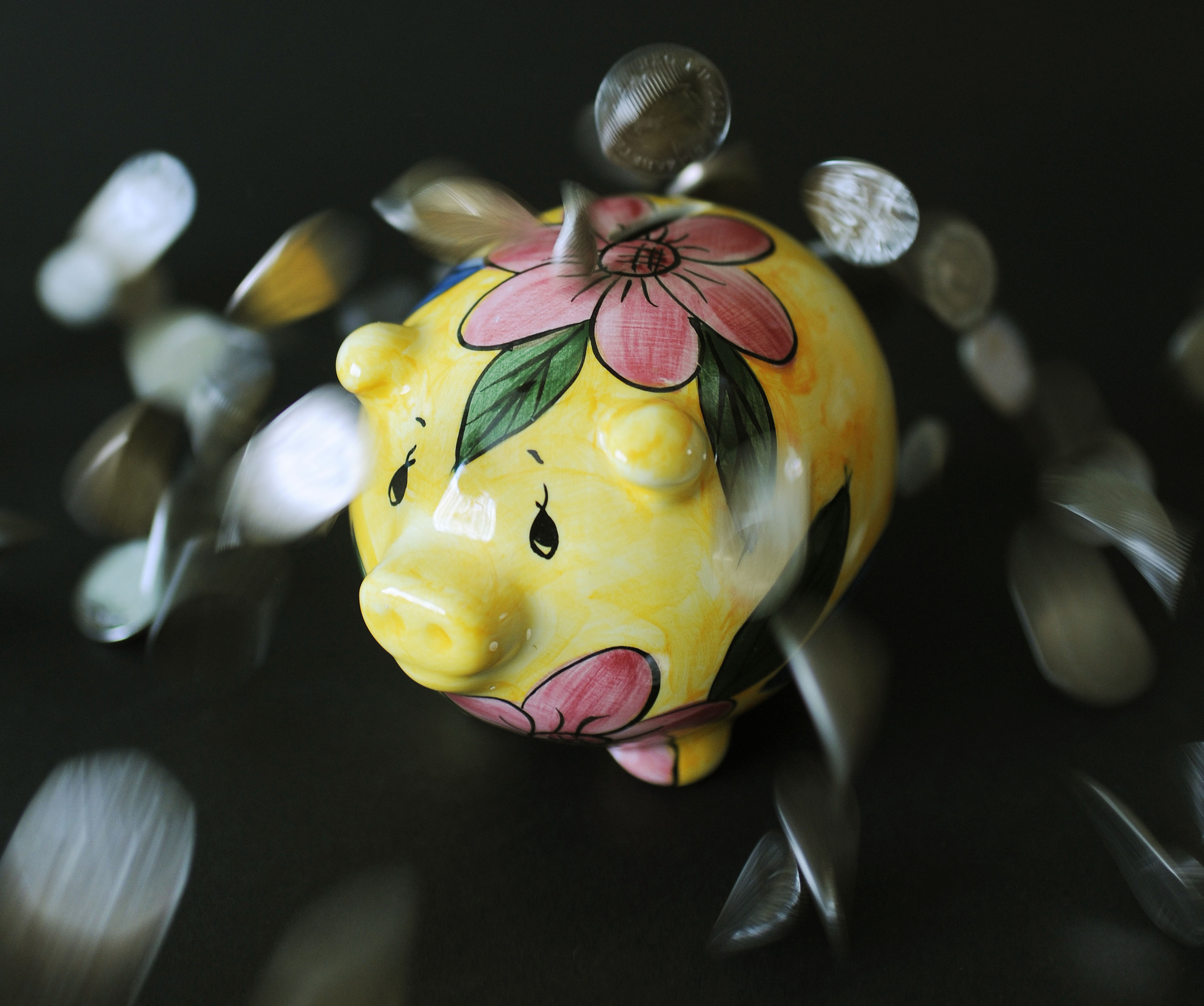
PARENTS typically spend more than £28,000 raising a teenager – and the age of 16 is the biggest pressure point – a report has found.
Excluding household costs such as food and energy bills, parents typically estimate the average cost of raising a son or daughter from the age of 13 years old to 19 years old is £28,767, according to Aviva.
The figure is higher than the average annual UK wage, at £26,104.
While parents say they spend just over £4,100 a year on raising a teenager on average, the most expensive year is when their child reaches 16 years old, costing their parent around £4,800.
Birthdays and special occasions, holidays and gap years, food and drink outside of the regular supermarket shop, clothing and pocket money make up the biggest chunks of the cost of raising a teenager, the report found.
Almost half (45%) of parents with teenagers feel pressured to spend more on them, with the biggest source of pressure being put down to teenagers themselves.
Parents of 13 to 15-year-olds are more likely to feel pressured by their children than those with 16 to 19-year-olds, the study suggests.
Nearly one in four (24%) parents had fallen out with their child for refusing to buy them something and 17% felt they had been “guilt tripped” into making purchases for their teenager.
More than half (53%) of parents spend on technology for their teenagers, such as mobile phones and laptops, forking out £225 per year on average.
The research also found that the pressure on parents does not end when their children leave their teenage years behind – with another £15,406 also being needed to guide each child between the ages of 20 and 25 years old.
During these years, many young people graduate from university and boomerang back into the family home before finding their feet financially.
The report surveyed 2,000 parents of children aged between 13 and 25 years old about how much they spend on their children.
The findings were released as a global survey from HSBC found British parents are among the least likely to have a specific pot of money saved for their child’s education.
HSBC’s survey of 15 countries, including more than 440 parents in the UK, found 46% of UK parents had put aside cash for their child’s education, compared with a global average of 67%. Only parents in France and Mexico were less likely than British parents to have put money aside for this reason, compared with 90% of parents in Indonesia and 87% in India.
READ MORE
Girls cost thousands of pounds more than boys to bring up, say parents
Loyalty to the same insurance company could end up costing you

Enjoy the convenience of having The Sunday Post delivered as a digital ePaper straight to your smartphone, tablet or computer.
Subscribe for only £5.49 a month and enjoy all the benefits of the printed paper as a digital replica.
Subscribe